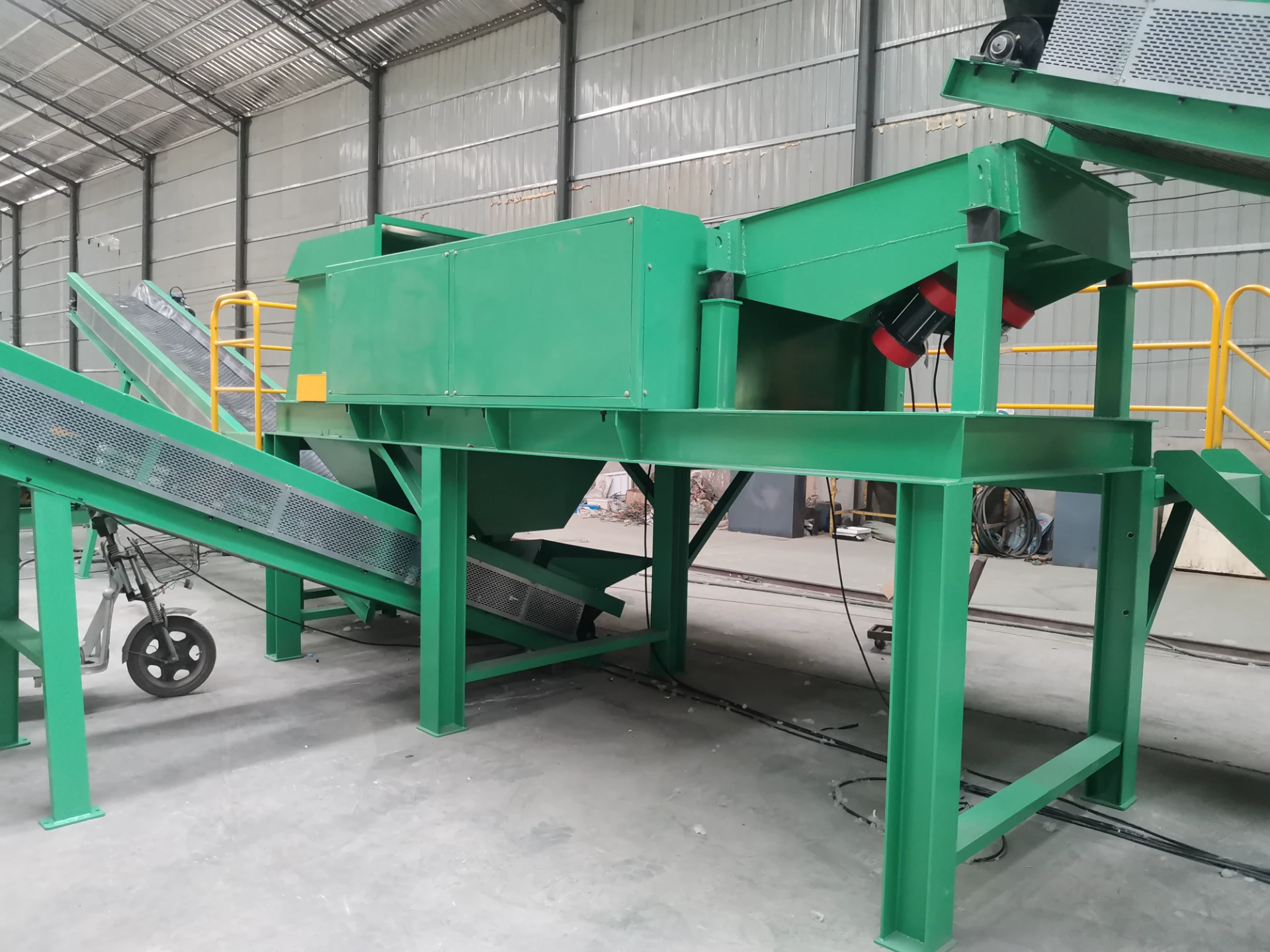

Նյմ . 06, 2024 23:47 Back to list
How to Properly Dispose of E-Waste
In our fast-paced, technology-driven world, electronic waste, commonly known as e-waste, has emerged as a significant environmental concern. With the rapid evolution of gadgets, devices, and appliances, people find themselves frequently upgrading their electronics, often leading to the disposal of outdated equipment. This raises an important question how can we properly dispose of e-waste? Proper disposal is crucial not only for environmental health but also for conserving valuable resources.
Understanding E-Waste
E-waste refers to discarded electronic devices, ranging from old computers, televisions, and smartphones to larger appliances like refrigerators and air conditioners. It is estimated that millions of tons of e-waste are generated globally each year, and a large portion ends up in landfills. This poses a serious threat, as many electronic devices contain toxic substances such as lead, mercury, and cadmium, which can leach hazardous chemicals into the soil and groundwater.
Moreover, e-waste often contains valuable materials, including copper, aluminum, and gold. In fact, the recycling of these materials can significantly reduce the need for mining and extraction, promoting a more sustainable approach to resource management.
Steps to Properly Dispose of E-Waste
1. Assess and Repair Before deciding to discard an electronic device, assess its condition. Often, items can be repaired or refurbished, extending their lifespan and reducing waste. Many local repair shops and community organizations offer affordable repair services. If a device can be fixed, consider investing in repair rather than disposal.

2. Donate or Sell If the device is still functional but no longer meets your needs, consider donating it to a local charity or selling it online. Schools, nonprofits, and community centers often welcome donations of computers and other electronics. Selling items through platforms like eBay, Facebook Marketplace, or local classified ads can help extend the life of your device while also providing some financial return.
3. Recycle Responsibly If your device is beyond repair or unusable, recycling is the best option. However, it’s essential to recycle through certified e-waste recycling centers. These facilities specialize in safely dismantling electronics, recovering valuable materials, and disposing of harmful substances properly. Organizations like the Environmental Protection Agency (EPA) will usually have a list of certified recyclers in your area.
4. Manufacturer Take-Back Programs Many electronics manufacturers offer take-back programs, allowing consumers to return old devices for recycling. Check with the manufacturer of your device to see if they have a program in place. This not only ensures safe disposal but also holds manufacturers accountable for their product lifecycle.
5. Follow Local Regulations E-waste disposal regulations vary by location. Make sure to familiarize yourself with your local laws regarding e-waste disposal. Some municipalities may offer designated drop-off days, collection events, or specific e-waste bins. Compliance with these regulations is vital for contributing to environmental protection efforts.
6. Reduce E-Waste Generation Preventing e-waste starts with mindful consumption. Consider sustainable purchasing practices, such as choosing products designed for longevity, upgradability, and recyclability. When buying new electronics, look for energy-efficient models, and avoid impulsive purchases that may lead to unnecessary waste.
Conclusion
The proper disposal of e-waste is not just an individual responsibility, but a collective duty to protect our planet and conserve its resources. By assessing, donating, recycling responsibly, and following regulations, we can make a positive impact on the environment. As technology continues to advance and new devices hit the market, let us strive to be conscious consumers who prioritize sustainability. Every small action counts in the larger effort to combat e-waste and safeguard our planet for future generations. Together, we can pave the way for a greener and more sustainable future.
Latest news
Troubleshooting Common Eddy Separator Problems
NewsJul.04,2025
The Role of Metal Recycling Plants in Circular Economy
NewsJul.04,2025
The Impact of Recycling Line Pickers on Waste Management Costs
NewsJul.04,2025
Safety Features Every Metal Shredder Should Have
NewsJul.04,2025
How Industrial Shredders Improve Waste Management Systems
NewsJul.04,2025
How Cable Granulators Contribute to Sustainable Recycling
NewsJul.04,2025